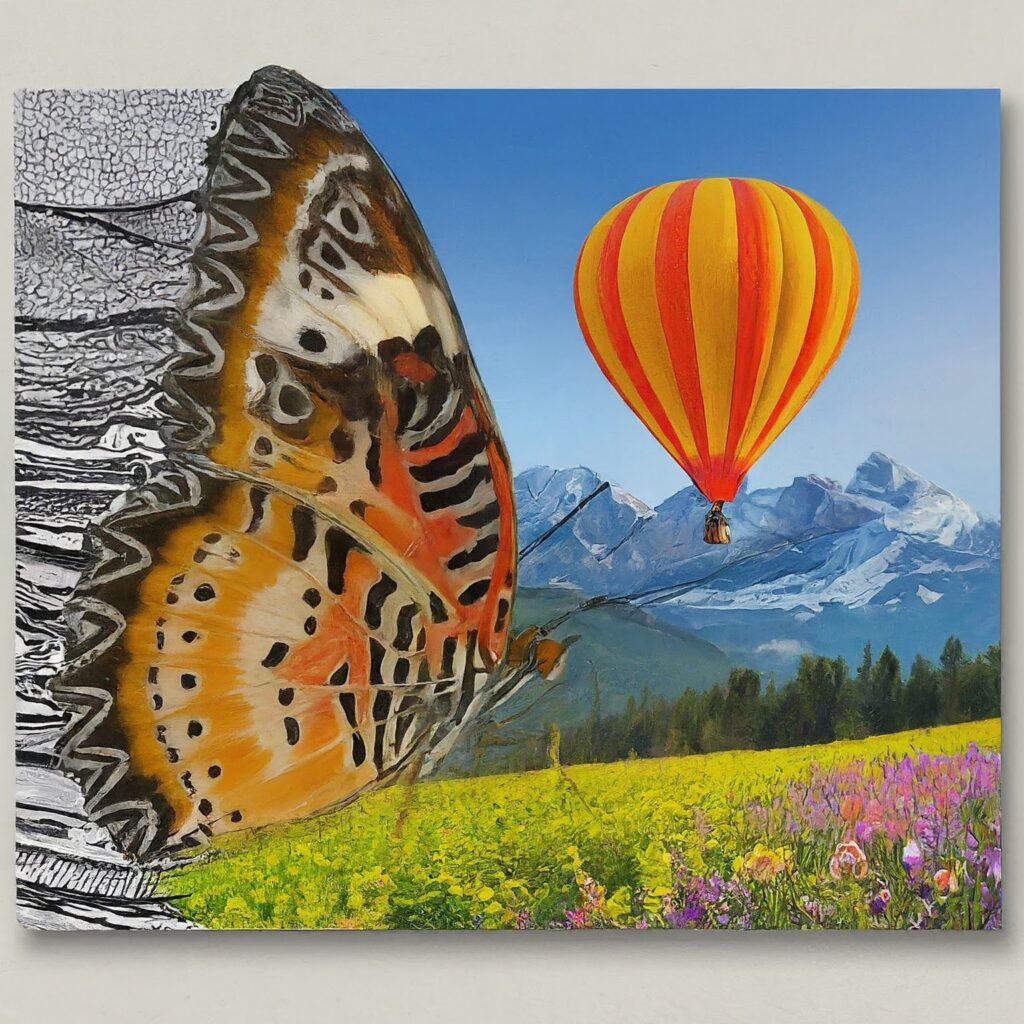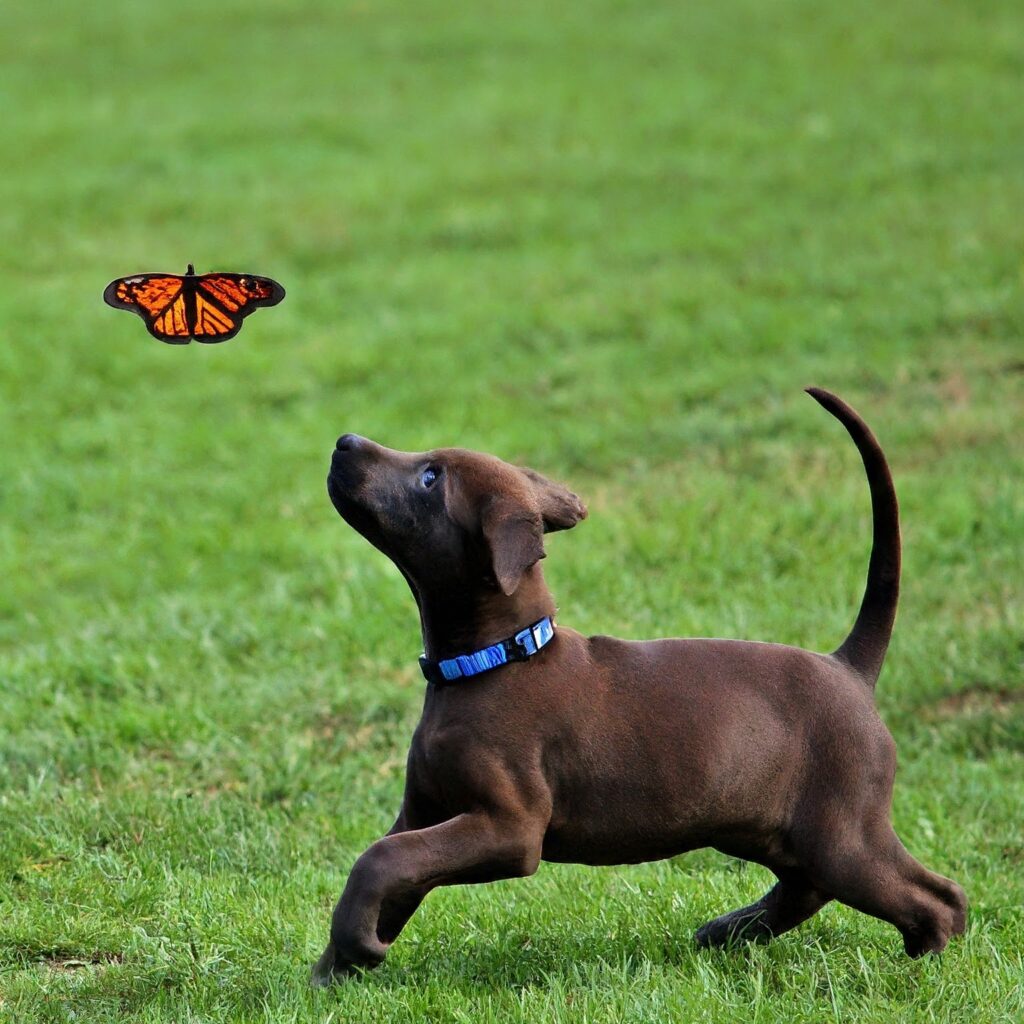While “photo,” “image,” and “picture” all refer to visual representations, there are subtle distinctions between them.
What is the difference between photo and picture and image?
While the terms “photo,” “picture,” and “image” are often used interchangeably in casual conversation, they each possess distinct nuances.
A “photo,” derived from “photograph,” is a specific category of image produced by capturing light with a camera. It is intrinsically linked to the act of photography and typically portrays real-world subjects or scenes.
The term “picture” encompasses a wider range of visual representations. While it can certainly refer to photographs, it also includes paintings, drawings, digital artwork, and other forms of visual expression. Essentially, a picture is any two-dimensional visual representation that isn’t a sculpture or a physical object.
“Image,” on the other hand, is the most all-encompassing term. It refers to any visual representation, regardless of its origin or medium. This includes everything from photographs and paintings to sculptures, digital designs, and even mental visualizations. In essence, an image is anything that can be perceived visually, whether it exists in the physical world or solely in the mind’s eye.
In conclusion, while all photos are pictures and all pictures are images, the reverse is not true. The term “image” is the most general, encompassing all visual representations, while “picture” is more specific, referring primarily to two-dimensional artworks, and “photo” is the most specific, limited to images created by cameras.
Here’s a breakdown to understand their nuances:
Picture (Broadest Term):

- “Picture” is the most general term, encompassing any visual representation of a subject.
- It can be a two-dimensional (2D) or three-dimensional (3D) depiction, created through various means:
- Traditional art forms like paintings, drawings, and sketches.
- Digital art created with software or computers.
- Photographs captured with a camera.
- In everyday conversation, “picture” often refers to photographs, but it’s not limited to them.
- Example: “I found a beautiful picture of a flower in my grandmother’s old photo album.” (This picture could be a painting or a pressed flower.)
Also Read: What is the Full Form of JPG? Understanding JPEG Image Compression
Why is a Picture called a Picture?
The etymology of “picture” is a captivating journey through time, revealing how language adapts and evolves alongside human expression. Its roots trace back to the Latin word “pictura,” which denoted the art or act of painting. This, in turn, stemmed from the verb “pingere,” meaning “to paint” or “to depict.” In essence, the very core of the word “picture” is intrinsically linked to the concept of visual representation.
As “picture” entered the English language in the Middle Ages, it initially retained its association with painting. However, as technology and artistic practices advanced, so did the word’s meaning. It gradually broadened to encompass not just paintings, but also drawings, engravings, photographs, and other visual mediums. This expansion reflected a growing recognition that visual representation could take many forms beyond traditional painting.
In modern usage, “picture” has become an incredibly versatile word, encompassing both tangible and intangible representations. It can refer to a physical artwork hanging on a wall, a digital image displayed on a screen, a mental image conjured in our imagination, or even a metaphorical representation of a situation or concept. The word’s flexibility allows it to adapt to the ever-changing landscape of visual communication, encompassing both traditional and emerging forms of media.
The enduring power of “picture” lies in its ability to evoke a sense of visual imagery. When we hear the word, we instantly think of something that can be seen, whether it’s a concrete object or an abstract idea. This inherent connection to sight makes “picture” a powerful tool for communication, enabling us to share our experiences, emotions, and ideas with others through the universal language of visual representation.

Image (Focuses on Representation):

- “Image” emphasizes the visual representation itself, without necessarily specifying the creation method.
- It can refer to both real-world objects captured through a camera or lens, and imaginary objects created through illustration or computer graphics.
- “Image” is commonly used in technical contexts like:
- Graphic design software where you work with various images.
- Medical imaging techniques like X-rays or MRIs that produce visual representations of the body’s interior.
- Computer science where images are treated as data for processing and manipulation.
- “Image” can also have a more figurative meaning, representing an idea or concept.
- Example: “The company is working to improve its public image.” (Here, “image” refers to the overall perception people have of the company.)
Why is an Image Called an Image?

The word “image” has a fascinating etymology that sheds light on its multifaceted meaning. It traces its roots back to the Latin word “imago,” which translates to “likeness” or “representation.” In ancient Rome, “imago” often referred to wax masks or busts created to memorialize deceased ancestors, capturing their appearance and essence for posterity.
Over time, the term “image” expanded beyond its initial association with physical representations. In the realm of optics, it signifies the visual counterpart of an object formed by light rays. In psychology, it denotes a mental picture or representation of a sensory experience. And in the broader context of visual communication, it encompasses any visual representation, whether a photograph, a painting, a drawing, or even a mental visualization.
The etymology of “image” reveals its fundamental connection to the act of representation. An image is essentially a stand-in for something else, a visual echo that captures its essence or appearance. It can be a faithful reproduction, a stylized interpretation, or a completely abstract evocation.
The enduring relevance of the term “image” speaks to its universality. It transcends specific mediums and technologies, encompassing both tangible and intangible forms of visual representation. Whether we gaze at a photograph, recall a cherished memory, or envision a future possibility, we engage with the power of imagery to connect with the world around us and within us.

Photo (Specifically Camera-Captured):

- “Photo,” short for “photograph,” refers to a specific type of image created by capturing light with a camera.
- This light can be captured on film (traditional photography) or a digital sensor (digital photography).
- Photos are generally considered more realistic portrayals compared to pictures created through drawing or painting.
- “Photo” is often used in contexts related to photography itself:
- Sharing photos on social media platforms like Instagram.
- Professional photography capturing events or portraits.
- Photojournalism where photographs are used to document news stories.
Why is a photo called a photo?

The term “photo,” so seamlessly integrated into our modern lexicon, carries a rich history rooted in the scientific and artistic origins of photography. As a shortened form of “photograph,” it not only offers linguistic convenience but also encapsulates the very essence of the photographic process.
The word “photograph” itself is a combination of two Greek words: “phos” (φῶς), meaning “light,” and “graphe” (γραφή), meaning “drawing” or “writing.” Thus, a photograph is essentially a “drawing with light.” This etymology beautifully reflects how photography harnesses light to capture and preserve visual representations of the world around us.
While “photograph” was initially used to describe the process and the resulting image, the abbreviated form “photo” gained traction in the late 19th century. Its concise nature made it more suitable for everyday conversations, newspaper headlines, and informal discussions about photography.
Over time, “photo” became the dominant term, finding its way into various aspects of our lives. It is used to describe physical prints, digital images, and even the act of taking pictures. “Photo” has also become a prefix in numerous words related to photography, such as “photojournalism,” “photosynthesis,” and “photorealistic.”
In essence, the word “photo” serves as a linguistic bridge between the scientific principles underlying photography and the artistic expression it enables. It is a testament to how language evolves to reflect technological advancements and cultural shifts. As we continue to capture and share moments through photography, the word “photo” will undoubtedly remain a cornerstone of our visual vocabulary.

Here’s a table summarizing the key differences:
| Term | Focus | Creation Method | Examples |
|---|---|---|---|
| Picture | Most General | Any visual representation | Paintings, drawings, photographs, digital art |
| Image | Representation | Camera capture (photos), Illustrations, computer graphics, medical scans | Photos, digital icons, X-rays, charts |
| Photo | Camera Capture | Light captured on film or digital sensor | Portraits, landscapes, event photos |
In essence:
- You can call all photos “pictures” and “images,” but not all pictures or images are photos.
- “Picture” is the umbrella term encompassing everything visual.
- “Image” highlights the visual representation itself, with broader technical and figurative applications.
- “Photo” emphasizes the specific creation method of capturing light with a camera.
Additional Points:
- The lines can sometimes blur. Highly realistic paintings might be called “photorealistic” and some digital artwork might be so detailed it appears like a photograph.
- “Picture” can also be used as a verb, meaning “to represent visually.”
- Example: “The artist pictured a serene landscape in her painting.”
- “Image” can also be used as a verb, meaning “to imagine” or “to conceive of something in the mind.”
- Example: “I can image the look on your face when you see this view.”
Remember:
In most casual conversations, you can use these terms interchangeably without causing confusion. But if you want to be precise, consider the specific nuances of each term.
Below we will answer some common questions which may come into your mind while thinking about Photo vs image vs picture.
Can a photo be called an image?
Absolutely! A photo is undoubtedly a type of image. The term “image” functions as a broad umbrella, encompassing all visual representations, regardless of their origin, medium, or purpose. Since a photo is a visual representation created by capturing light with a camera, it inherently falls within the expansive category of “image.”
However, it’s crucial to recognize the subtle distinction between these two terms. “Image” is more comprehensive, extending beyond photographs to encompass paintings, drawings, digital artwork, sculptures, and even mental visualizations. In contrast, “photo” specifically denotes images produced through the photographic process.
Therefore, while all photographs are classified as images due to their visual nature, the converse isn’t necessarily true. Not all images are photographs. An image could be a hand-drawn sketch, a computer-generated graphic, or even the mental picture you form when recalling a cherished memory. The term “image” encompasses a vast spectrum of visual representations, with photographs constituting a distinct subset within this broader category.
Do you take a photo or a picture?
You take a photo. The phrase “take a photo” is the correct and widely accepted way to describe the act of capturing an image using a camera. This is because the term “photo” is specifically linked to photography and the process of recording visual information through a camera lens.
While the term “picture” can sometimes be used informally as a synonym for “photo,” it is generally understood to encompass a wider range of visual representations, including paintings, drawings, and other forms of artwork. Therefore, using the phrase “take a picture” might not always convey the precise meaning of capturing an image with a camera.
To avoid any ambiguity, it is advisable to use the phrase “take a photo” when referring to the act of capturing a visual image using a camera.
The expression “take a photo” is not only the grammatically correct phrase, but it also carries a specific connotation directly linked to the act of using a camera to capture a visual representation of a moment or subject. The word “photo,” derived from “photograph,” is intrinsically associated with the technology and process of photography.
On the other hand, “picture” is a broader term that can encompass various forms of visual expression, not solely those produced by a camera. Paintings, drawings, digital illustrations, and even mental images can all be classified as pictures. While in informal conversations “take a picture” might be understood in the context of photography, using the phrase “take a photo” removes any potential ambiguity and ensures clear communication of the intended action of using a camera.
Furthermore, the phrase “take a photo” is deeply ingrained in the vocabulary surrounding photography and is frequently used in photography tutorials, camera manuals, and discussions about the technical aspects of capturing images. It is the preferred terminology among photographers and enthusiasts, reinforcing its position as the most appropriate phrase to describe the act of creating a visual record with a camera.
